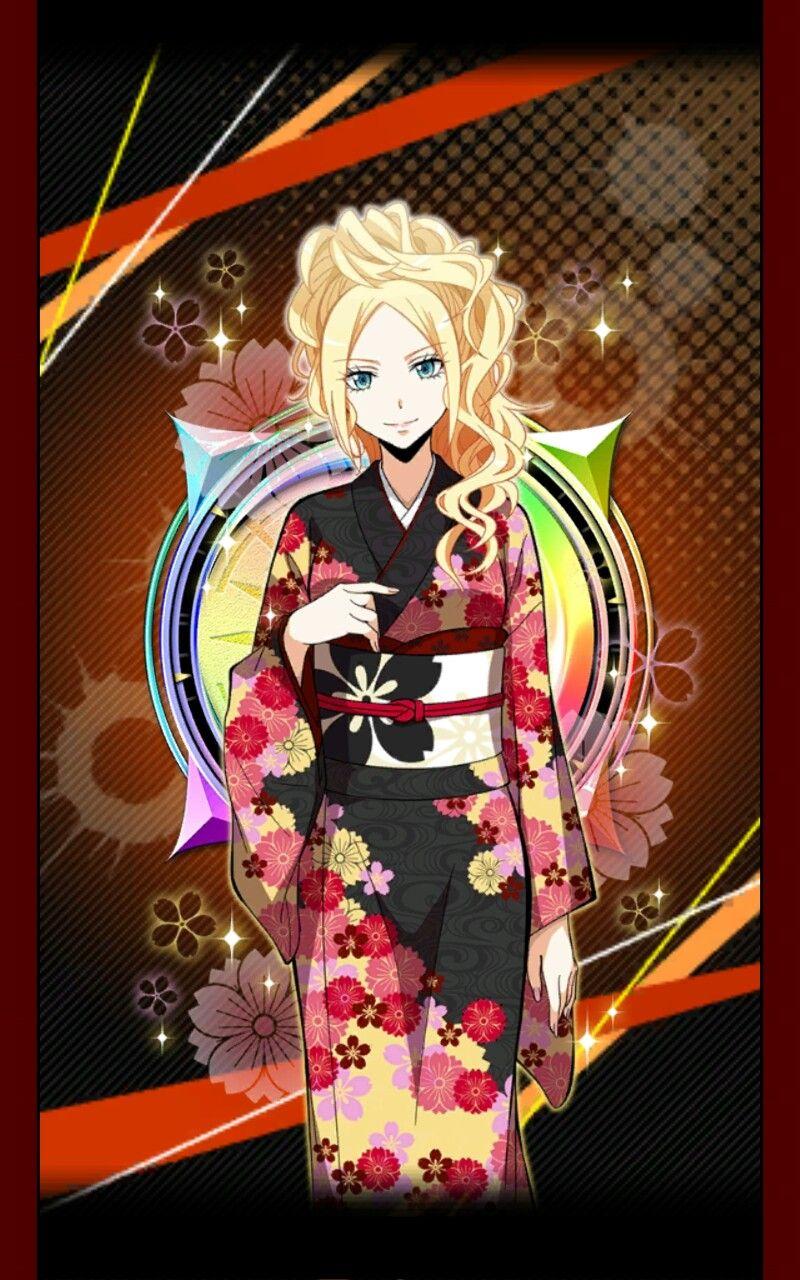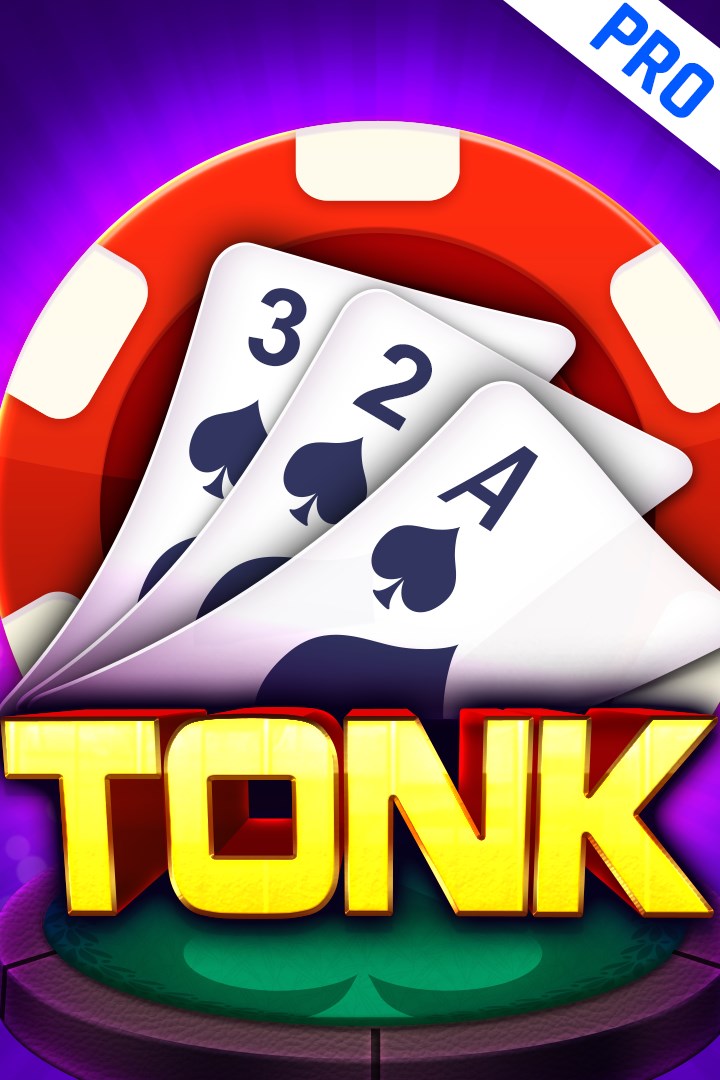Tonk Card Game Rules

A discard pile is a special pile of cards, turned face up, placed next to the stock.

In a game with a discard pile, typically you have to draw a card from the stock or from the discard pile at the start of each turn. And at the end of the turn you must play one of the cards in your hand to the discard pile, where it becomes available to the next player.
It is never allowed to play a card to the discard pile that came from the discard pile in the same turn. (But if you drew a card from the stock, then it is allowed to play it to the discard pile immediately.)
Games with this rule
In RRRummy, the games Jin RRRummy and Tonic RRRummy have a discard pile.
In general, some Rummy games like Gin Rummy or Tonk have a discard pile; orthers, including Tile Rummy, don't use a discard pile.See also:
| Origin | Philippines |
|---|---|
| Alternative names | Tongits |
| Players | 3 |
| Skills required | Strategy |
| Deck | Anglo-American |
| Card rank (highest first) | A K Q J 10 9 8 7 6 5 4 3 2 |
| Random chance | Medium |
| Related games | |
| Tonk, Mahjong | |
- Tonk Card Game Rules Explained — Easy and Simple In Tonk Card Game maximum of 2 to 4 players are allowed to play which is usually played to gamble. It is also called Tunk and was very famous in the 1930s and 1940s, and was originated in the Philippines includes the 12-card game, and currently played there.
- Card Games: Commercial Games The deck consists of 6. Players score by playing cards to form a crossword- like grid in which the cards in each 'word' must eit.
Tong-its or Tongits is a 3 player rummy type of game that gained popularity in the 1990s in Luzon,[1] the largest island of the Philippines.
This game is played using the standard deck of 52 cards. Its origin remains unknown [2] but it was believed to have been popularized by the Ilocanos, and which was first played in Pangasinan in the mid 1980's which they call 'Tung-it'. The game rules and the very name can be associated with the American card game, Tonk,[1] and also share its similarities of Mahjong.[3]
Rules[edit]
Like many popular card games, there are variations to the following rules.

If multiple players call Tonk, the game is considered a draw and no player wins the hand, with the cards thrown in and the next dealer in turn shuffling and dealing the next game. The player to the immediate left of the dealer has the first turn, and the turns rotate in a clockwise direction.
Objective of the game[edit]
The objective of the game is to empty your hand of all cards or minimize the count and the scores of unmatched cards that are still on the player's hand by forming card sets (melds, also called a 'bahay'(pronounced ba-hai), 'buo,' or 'balay' in some languages, dumping cards and calling a draw. The player who gets rid of all the cards or has the least number of total points at the end of the game (when the central stack is empty) wins the game.[4][5]
How to Play[edit]

Each player is dealt 12 cards while the dealer gets 13 and the rest of the cards are left as a central stack. The game begins when the dealer dumps a card. The next person can either pick up the disposed card if that card makes a set or adds to a set he has already or get one from the central stack. Collect hand combinations and dump unnecessary cards. Thepicking and discarding of cards goes on until someone wins by Tong-its, calls a draw or until thecentral stack runs out of cards. If this happens, the players tally the points of the cards they have at hand and the one with the lowest wins. In case of a draw the last person to take a card from the central deck wins.[4][5]

Meld (Bahay)[edit]
Meld (Bahay) is a set of matching cards a player needs to collect in order to win the game. When a player collects a meld, he has the option to either lay it down, or keep it. However, a player must expose at least one meld to call or challenge a draw unless the player has a 'Secret' or 'Sagasa' in which case he can challenge (but not call). If a player fails to lay down a meld and does not have either special melds when the game ends, the player is considered “Burned” and will neither be able to challenge a draw (if one is called) nor eligible to win in the end tally count (if the central stack runs out).[5][6]
Three-of-a-kind: three equally ranked cards (7♣ - 7♦ - 7♠)
Four-of-a-kind: four cards of the same rank/number, opened or held at the same time. is also called “Secret” or 'Special' (J♣ - J♦ - J♠ - J♥)
Tonk Card Game
Four-of-a-kind: four cards of the same rank/number, opened as a three of a kind, then the fourth card of same rank/number is added by the same person when displayed and the fourth card is drawn from the deck. This is called 'Sagasa'. Otherwise this can become a 'Secret' or 'Special'
Straight Flush: at least three sequential cards of the same suit (3♠ - 4♠ - 5♠) (8♦ - 9♦ - 10♦ - J♦ - Q♦)
Straight flush composed of 4 or more cards is also called a “Escalera.'[6]
Ending the Game[edit]
'Tong-its' or Tongits[edit]
If the player is able to use all of his or her cards in combinations, by connecting to opponents’ or the exposed card sets (sapaw), or if the player gets rid of all his cards, then the player wins by Tong-its. A person can discard of his cards by forming melds and laying it down or making a 'sapaw' on one of the other players' laid down meld. A meld consists of at least three cards (three-of-a-kind or straight flush) and a sapaw would be the fourth of those three, or the continuation of that straight flush.[7]
Draw[edit]
A player with at least one exposed meld and has low points can call a draw before his turn given that no other players connected to his exposed meld before that. Otherwise, the player will have to wait for his next turn to call a draw.[7]
Once a player calls for a draw the opponents can either fold or challenge the draw. Only players who have exposed melds are given this opportunity. A player cannot call for a draw if his exposed hand(s) has been melded (sapaw) by any opponent within the round. Players with no card sets exposed are automatically folded.When a draw has been called, the points are computed and tallied. The person with the lowest points wins. If a tie occurs, the challenger wins. In the event of a three-way tie, the player to the right of the challenger wins.[7]
Deck pile runs out[edit]
When the central stack runs out of cards, the game ends. A player with no exposed melds automatically loses. The player with the lowest points in total wins. If there is a tie for the fewest points, the player that picks up the last card from the deck wins.[5][7]
A player who does not expose any melds before an opponent calls Tong-its or Draw is considered burnt or sunóg. Burnt players at the end of the game automatically lose.[7]
Winning the Jackpot or 'Two Hits'[edit]
Bets are added to a pot. The winner who wins two consecutive games collect the pot money. This can also be changed to 3 consecutive games wherein upon the second win the player gets an additional payment.
Bisaklat[edit]
If at the beginning of the round, a player is able to connect all cards by forming melds or sets, that player automatically wins as if it is a Two Hits jackpot.
Burned[edit]
A player is considered Burned if the player is unable to form a meld or set at the end game. Also called Sunog in Tagalog and Paksiw in Visayan.
Card Points[edit]
Tonk The Card Game
All the cards have corresponding points.The Rank goes:
Joker mode[edit]
Rules Of Tonk
Joker mode adds the two Jokers to the standard deck and enables the Zero Count Fight mode and the Variable Payout.[citation needed]
References[edit]
- ^ ab'What is Tongits?'. Tongits.Org. Archived from the original on July 18, 2011.
- ^'Tong-its: Poker Filipino Style – Philippines Guide'. www.philippinesinsider.com. April 26, 2020.
- ^Tong-itsXtremeArchived 2012-09-18 at the Wayback Machine
- ^ abHow To PlayArchived 2011-07-28 at the Wayback Machine
- ^ abcd'Game Rules'. playtongits.com. Archived from the original on Apr 13, 2010.
- ^ abcCard CombinationsArchived 2012-12-13 at the Wayback Machine
- ^ abcdeEnd of GameArchived 2012-12-13 at the Wayback Machine